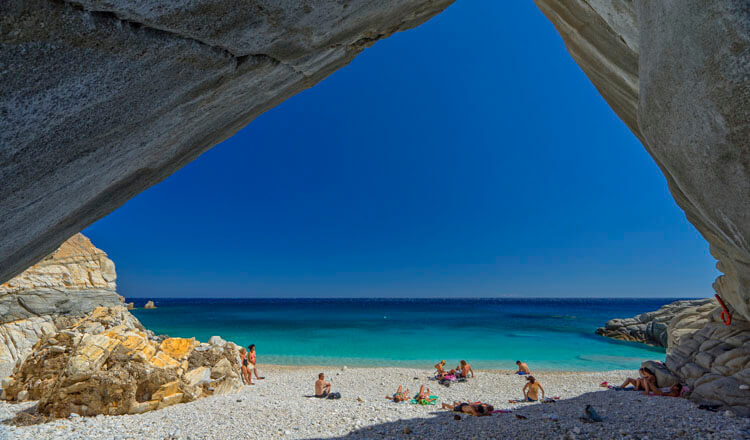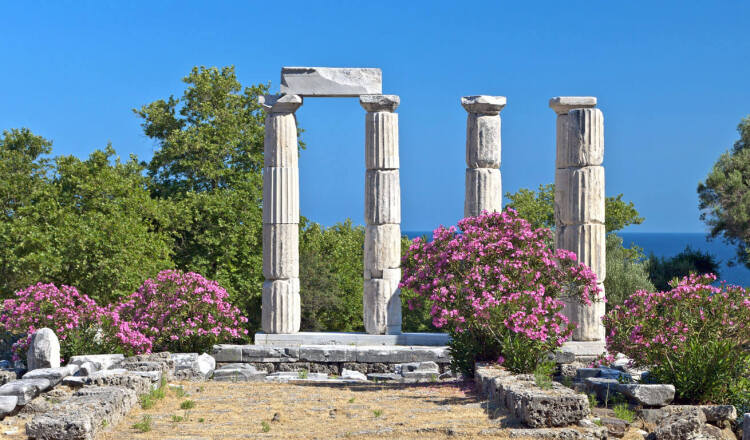The Oinousses have always been considered the islands of ship owners. The first commercial Greek steamboats were owned by Oinoussians, and wrote the first chapter of the history of modern Greek shipping. It is no accident that numerous ship tycoons originate from here or that visitors are welcomed at the harbour by the statue of the Mother from Oinousses, who sees off her children when they leave on sea voyages, as well as a bronze statue of a mermaid, with a crown and a sailing ship in her left hand, an eternal companion of sailors. The island, of an area of just 15 km2, has schools of all levels of education, crowned by the Maritime Lyceum and the Merchant Marine Academy, the alma mater of more than 1,500 captains who deservingly serve the world’s merchant navy.
The Maritime Museum exhibits the blueprints of sailing ships and steamboats launched in the early 20th century on the Oinousses and became part of the international shipping world. During the summer months, ship owners, captains and immigrants who hail from the Oinousses return to their homeland, the birthplace of their parents, open up their mansions and turn this remote Aegean island into a cosmopolitan resort.
The centre of the traditional settlement with its brick-roofed houses is dominated by the magnificent Church of St. Nicholas, the patron of seafarers. Beautifully decorated with artful icons and numerous votive offerings, the Church is teeming with life on August 15 (Feast of Dormition), when the women of the Oinousses revive the religious custom of the burial of Virgin Mary.
But that’s not all when it comes to feasts, as numerous ones take place during the summer, seeing the dozens of scattered chapels on the islands celebrate and welcome worshippers, who travel by caique to honour saints on their feast days.



















